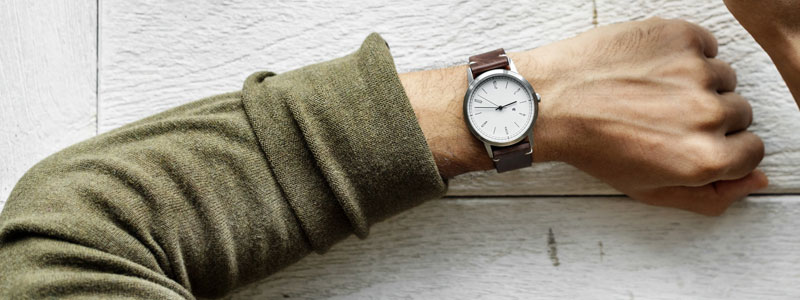How Long Will My Indiana Slip and Fall Case Take?
When you start to file a slip and fall claim — or any kind of accident claim — one of your first thoughts is often, “How long will it take to settle this claim?” Depending on the parties involved and the nature of the accident, slip and fall cases can last anywhere from a few […]

March 7, 2018

When you start to file a slip and fall claim — or any kind of accident claim — one of your first thoughts is often, “How long will it take to settle this claim?”
Depending on the parties involved and the nature of the accident, slip and fall cases can last anywhere from a few months to several years, which is when Indiana laws like the statute of limitations can seriously hinder your chance of settling a claim to your satisfaction.
To help keep your claim on track, whether or not you decide to hire an attorney to represent you, you can learn more about the phases in slip and fall claims and lawsuits.
Phase 1: Complaint/Summons

After you’re injured, the first thing you will need to do to start your legal claim is write down what happened and submit it to the business, insurance company, or party responsible for your accident. Typically, a lawyer or insurance adjuster will do this on a victim’s behalf.
This complaint is an official document that states the accident that occurred, why it necessitates a personal injury claim, and what type of compensation the victim is seeking. They also often include the relevant legal statute or precedent that will play a role in determining damages.
These documents also include summons of lawyers and accused parties who will be involved in the case.
Phase 2: Response

Once you or your attorney serves a complaint to the defendant, their representatives have 20 days to issue a response. This response can be either an Answer that refutes or accepts the line items of a complaint, Preliminary Motions that ask the court to adjust the case or dismiss it altogether, or Counter-claims, which are claims filed against the plaintiff by the defendant.
The response to a complaint seeks to reduce or eliminate the defendant’s liability for the victim’s injury.
Phase 3: Discovery

During the discovery phase, both parties gather information to strengthen their allegations and refute their opponents. This is always the longest part of the judicial process in personal injury cases.
Attorneys can “discover” information by searching through documents or conducting informal interviews with the parties involved. This is where having an attorney to represent you can protect victims from accepting settlements that don’t rightfully compensate them for their injuries; an opposing attorney or insurance adjuster can manipulate and intimidate those who aren’t trained in legal matters.
Another tool of discovering information is the deposition. Depositions are formal interrogations of potential witnesses for the trial.These interrogations are taken under oath and recorded for use during the case.
How Long Is the Discovery Phase?
The time frame for the discovery phase is the time between receiving the defendant’s response and the court’s assigned trial date. For small claims, the court may simply suggest Alternative Dispute Resolution, where the parties involved must settle the matter outside of court. For more serious issues, the court date is often scheduled a year after the case is filed.
Generally speaking, it’s within both sides’ interest to try to resolve the claim before it reaches trial. In personal injury cases like slip and fall accidents, settlements tend to occur after most of the discovery phase is completed. Whether that takes a few months or more than a year depends on the victim’s medical condition, the cooperation of witnesses, and the responsiveness of the parties involved.
Phase 4: Trial

Not every case can be resolved outside of court. When slip and fall claims do make it to trial, they typically take two to five days to conclude, and are usually finished by the end of day three.
If a victim wins damages after a successful slip and fall trial, they will receive their compensation within 30 to 60 days. If no check arrives from the defendant, the victim’s attorney can enforce collection by taking additional legal action.
Long-Term Support from an Indiana Slip and Fall Attorney
Because of how long they can last, slip and fall cases can burden victims and their families with constant paperwork, correspondence, and stressful interrogations from the defendant’s attorneys. That’s why it’s helpful to have an experienced, friendly attorney to come alongside them for the long haul.
At Hensley Legal Group, our Indiana slip and fall lawyers care about protecting our clients and fighting for the financial help they deserve. If you or someone you know has been injured due to a property owner’s negligence, give us a call or contact us online. Your conversation with us is free.
Available 24/7
Free Case Review
You won’t pay any fees until we win your case.
It’s easy - you can: